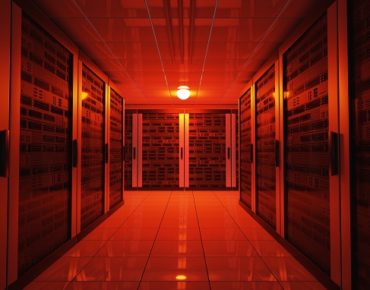Datacenter Outages on the Rise

Datacenter operators are looking for new ways to ensure IT resiliency as the frequency and severity of datacenter outages increases along with technology complexity and more demanding workloads, an industry survey finds.
The Uptime Institute, which released its annual datacenter survey on Tuesday (Aug. 7), also reported that operators continue to struggle with the tradeoffs associated with hybrid IT infrastructure. While nearly two-thirds of those polled said spreading workloads across on-site, co-location and cloud deployments boosted overall resilience, the survey nevertheless found that datacenter outages are increasing.
Uptime reported that infrastructure outages and “severe service degradation” increased 6 percent over last year to 31 percent of those surveyed. Over the past three years, nearly half had experienced an outage at their own site or a service provider’s.
“The rapid growth in the implementation of cloud and hybrid IT approaches has ushered in a period of great change creating technology, organizational and management complexity,” said Andy Lawrence, executive director of research at Uptime Institute.
“Operators are grappling with new challenges, including increased complexity and high interdependency of systems and datacenters [and] many are expecting to deploy significant new hybrid and edge computing capacity, which will support new services, but will add an additional layer of complexity in doing so,” Lawrence added.
Datacenter operators are employing a variety of resiliency strategies as the cope with growing complexity. The survey found that 65 percent are regularly backing up data to a secondary site while nearly half are also using near real-time data replication to a backup site.
Among the leading causes of datacenter outages are human error, configuration mistakes, power outages, network failures and third-party service provider outages.
Among the upsides in the Uptime Institute survey is the growth of distributed infrastructure in the form of edge computing, a shift that could enable greater efficiency as data is processed closer to its source. The rise of edge computing also creates opportunities to use automation and other tools such as real-time data analytics and machine learning.
“We expect to see substantial growth in the edge over the next few years,” Lawrence added. Edge computing “has the ability to keep building upon each set of application improvements and the advances of previous versions.”
At the same time, datacenter operators continue to make significant strides in energy efficiency. The survey found that the standard metric used to gauge datacenter energy efficiency, “power usage effectiveness,” or PUE, reached a record low of 1.58.
The institute previously noted that datacenter operators have been targeting PUE ratings of between 1.2 and 1.5 (the lower the value, the higher the PUE rating and the higher the efficiency of the facility). Nevertheless, the rate of energy efficiency improvements is narrowing on an annual basis as datacenter operators look for new ways to squeeze more production out of each kilowatt/hour.
The annual Uptime Institute survey was conducted between February and May, 2018, and includes responses from nearly 900 datacenter operators and IT managers affiliated with enterprise and service provider facilities in more than 50 countries.
Related
George Leopold has written about science and technology for more than 30 years, focusing on electronics and aerospace technology. He previously served as executive editor of Electronic Engineering Times. Leopold is the author of "Calculated Risk: The Supersonic Life and Times of Gus Grissom" (Purdue University Press, 2016).










